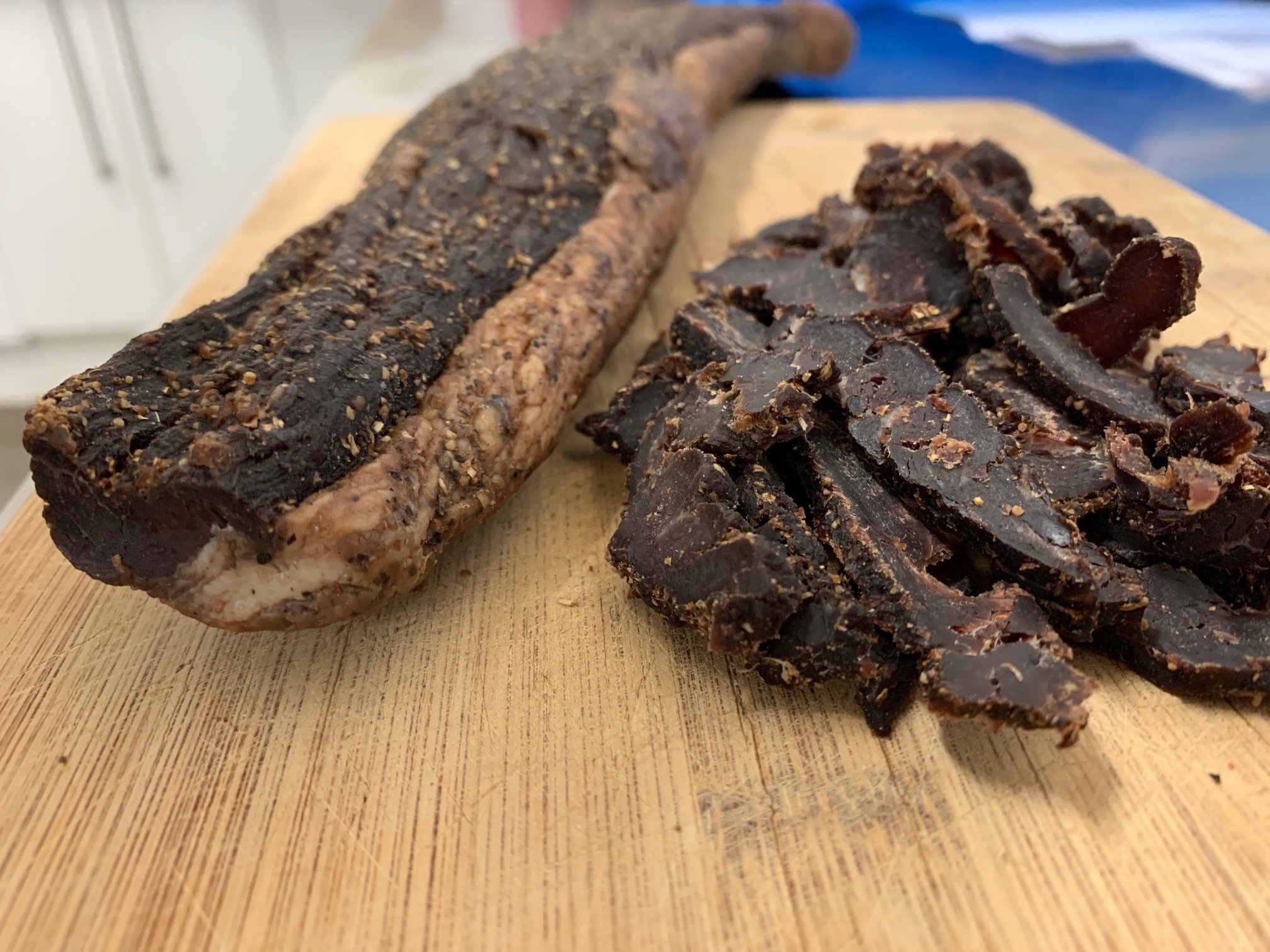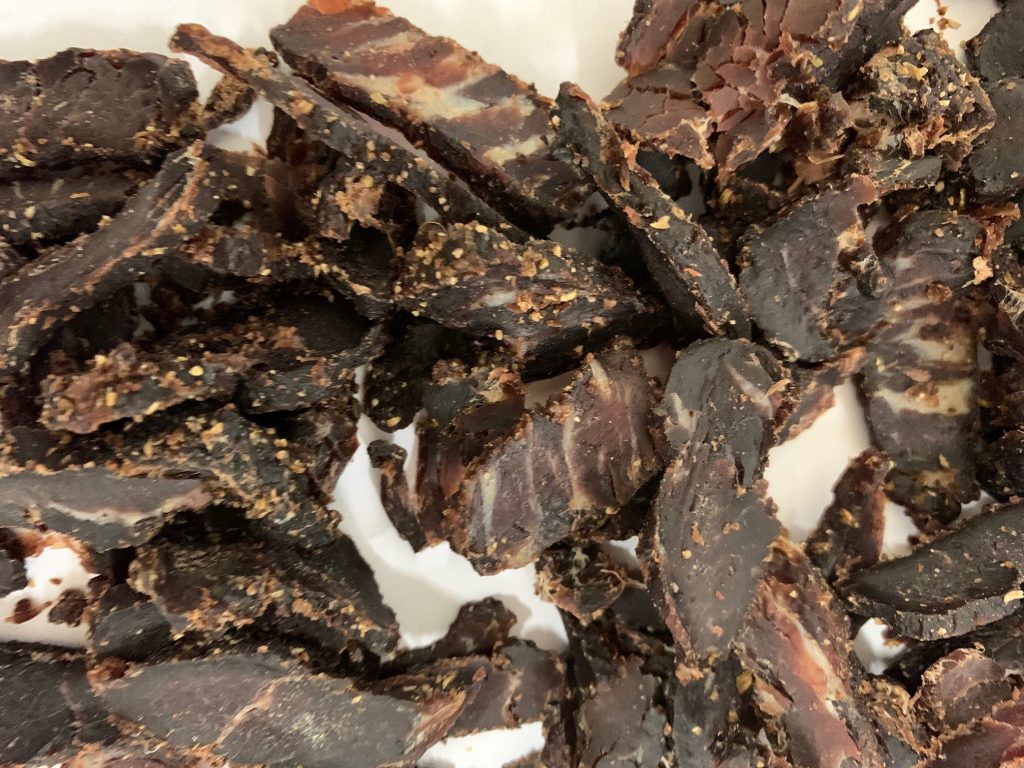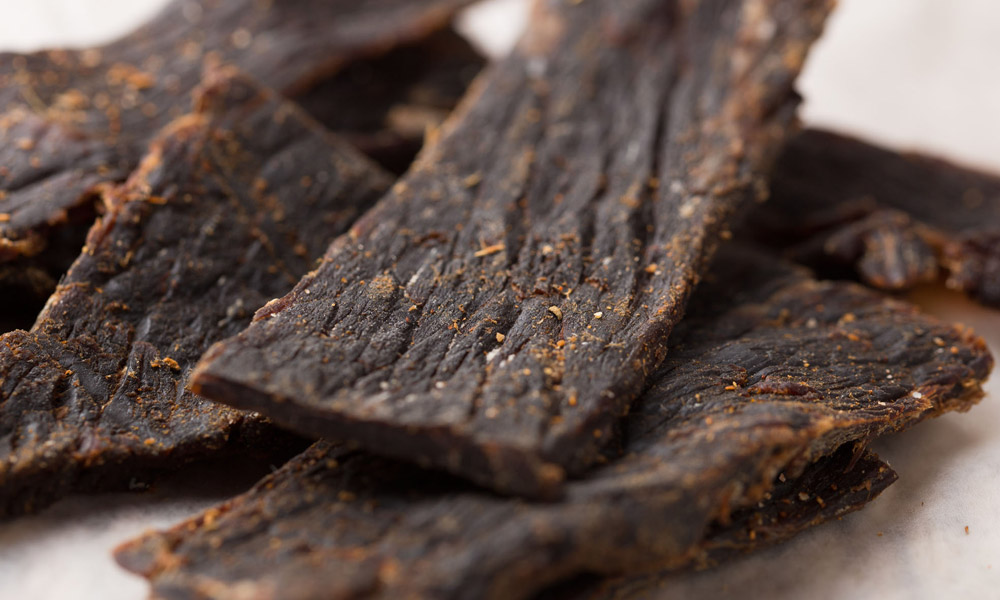What’s the difference between biltong and beef jerky?

Biltong and beef jerky are two different products, but they’re so similar that most people don’t even know the difference. Basically, they are both dried meat, and they taste similar as well. The differences are really in the texture, nutrition and how they’re made. This blog explains the differences between the two and why you should try biltong if you haven’t already.
What is biltong?
Biltong is one of the most delicious kinds of meat snacks available. It’s often compared to beef jerky, but there are some big differences between these two delicious treats. In fact, there are a lot of misconceptions about biltong, which I will try and clear up in this blog.
Biltong is an Afrikaans word that is a combination of bilt (meat) and tong (strip). Biltong is a South African dried meat that is air dried and cut into strips. It is a very popular snack and is often served as an appetizer before a meal.
Biltong can be made from almost any type of meat and you can use different spices to flavour it. In Australia most biltong is made from beef, however in South Africa game meat such as ostrich and kudu. Biltong is served in a variety of ways, such as sliced thinly or in chunks and is produced in 3 levels of softness, wet, medium or dry.
Biltong is hung up in large thick strips about an inch wide and air dried for 3 to 7 days depending on the style desired. Once cured, the sticks are sliced either thinly or in chunks.

sliced biltong
What is beef jerky?
Beef jerky is a type of dried meat. It was originally made from beef, but other meat such as Kangaroo, emu and crocodile are used in Australia.
Beef jerky is typically cut thin and served in long, narrow strips. It is lean and high in protein, but can also be high in sodium so be sure to check the nutritional labels. Beef jerky is popular throughout the world and has become a snack food in Australia especially with campers, hikers and sports people.
When making beef jerky, the meat is sliced into thin strips, usually with the grain and then marinated in a combination of spices and soy sauce. The mix is left for 24 hours or more and then dried using hot circulating air in a dehydrator for anywhere from 6 to 14 hours on average.

beef jerky thin pieces
Which is healthier? Jerky or Biltong?
Both biltong and beef jerky can be quite beneficial to ones health. However, there are some jerky products that are highly manufactured can contain a lot of sugars, salts and preservatives so they are best avoided if you are health conscious.
Biltong has a higher nutritional value than beef jerky because it contains fewer calories and fat. It also has a wide range of vitamins and minerals, including vitamins B1, B2 and B12, which are essential for a healthy diet. Biltong is lower in cholesterol than beef jerky, and it is also lower in sodium.
Overall, eating beef jerky OR biltong is a great way to increase your protein intake, and is a great snack alternative to chips and other junk food.
Which is more popular?
This is a tough one and will vary from country to country. Currently, beef jerky is by far a more popular choice worldwide, however Biltong is quickly growing in popularity, especially in Australia.
The softness of the product can appeal to a lot of people especially those who aren’t too fond of the hard chew associated with many jerky products.
So in summary, jerky still remains the most popular, however many jerky companies are now adding biltong to their product line as it increases in popularity.
The best way to decide which one you prefer is to try both! You can buy beef jerky and biltong in our online store.

